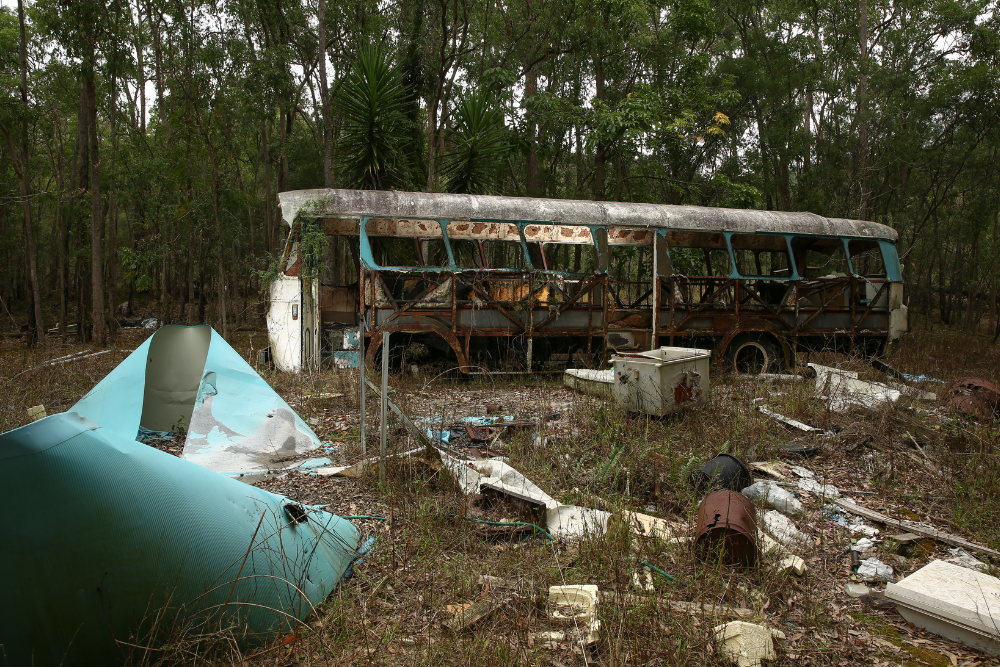Australia’s vast landscapes offer some of the most incredible bushwalking (hiking) experiences in the world. From rugged mountain trails to coastal walks, there’s a hike for every level of adventurer. If you’re a beginner, stepping into the wild might seem intimidating, but with the right knowledge and preparation, bushwalking can be an enjoyable and rewarding experience. Here are some essential tips to ensure you have a safe and enjoyable adventure in the Australian bush.
1. Choose the Right Trail for Your Skill Level
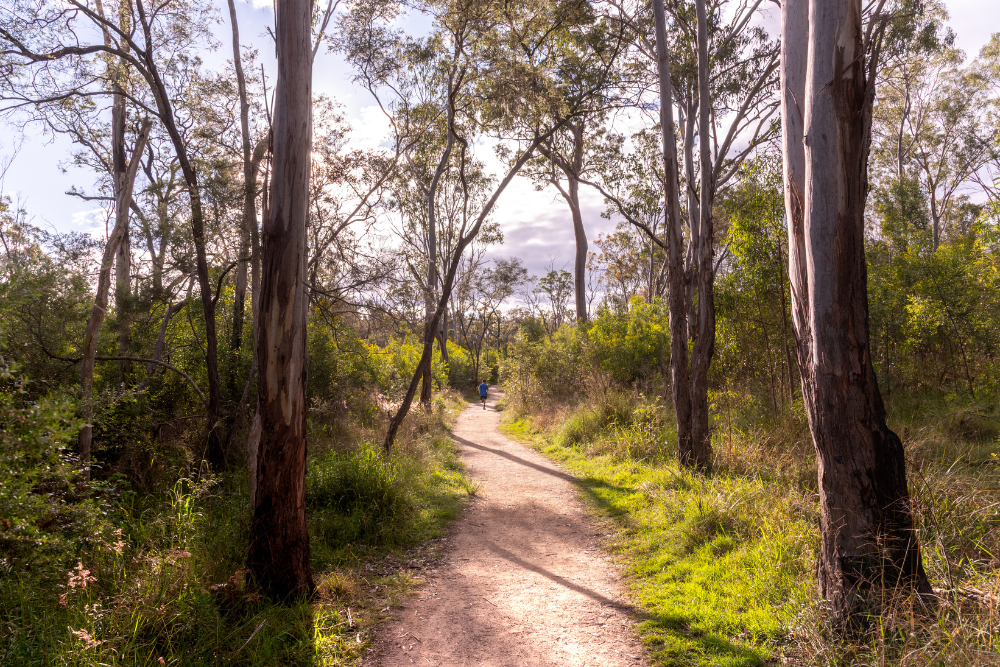
Not all bushwalks are created equal, and it’s important to start with a trail that matches your fitness and experience. Australia offers a range of hikes, from easy, flat walks to challenging mountain treks.
- Beginner-friendly Trails: Look for shorter, well-marked walks that are not too strenuous. Some good options include:
- Royal National Park (NSW): The Coastal Track offers stunning views of the ocean and is suitable for beginners.
- Grampians National Park (VIC): The Lake Bellfield Walk is an easy, scenic loop perfect for beginners.
- Blue Mountains (NSW): The Grand Canyon Track is a relatively easy hike with beautiful scenery and wildlife.
- Check Trail Difficulty: Always read the trail description before heading out. Trails typically have difficulty ratings (easy, moderate, hard), and this can help you choose an appropriate hike.
2. Prepare for the Weather
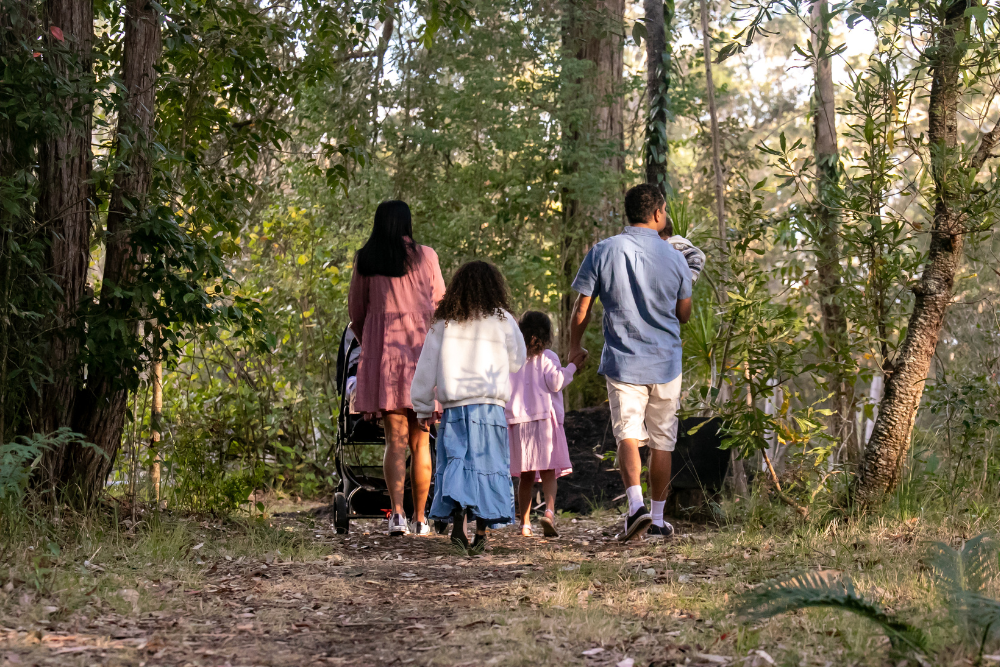
Australia’s climate can be extreme, and conditions can change quickly, especially in more remote areas. Always check the weather forecast for the region you’ll be walking in, and be prepared for sudden changes in temperature or rain.
- Hot Weather: In the summer months (December to February), temperatures can soar, particularly in desert or coastal regions. Wear lightweight, moisture-wicking clothing, and always carry plenty of water.
- Cold Weather: In winter (June to August), temperatures in mountainous regions can drop below freezing. Pack warm clothing, including a jacket, hat, and gloves, and make sure your hiking boots are suitable for cooler conditions.
- Rain: In tropical areas, rain can be frequent, especially during the wet season (November to April). Bring a waterproof jacket and check the trail conditions for any potential flooding or washed-out tracks.
3. Invest in Proper Footwear
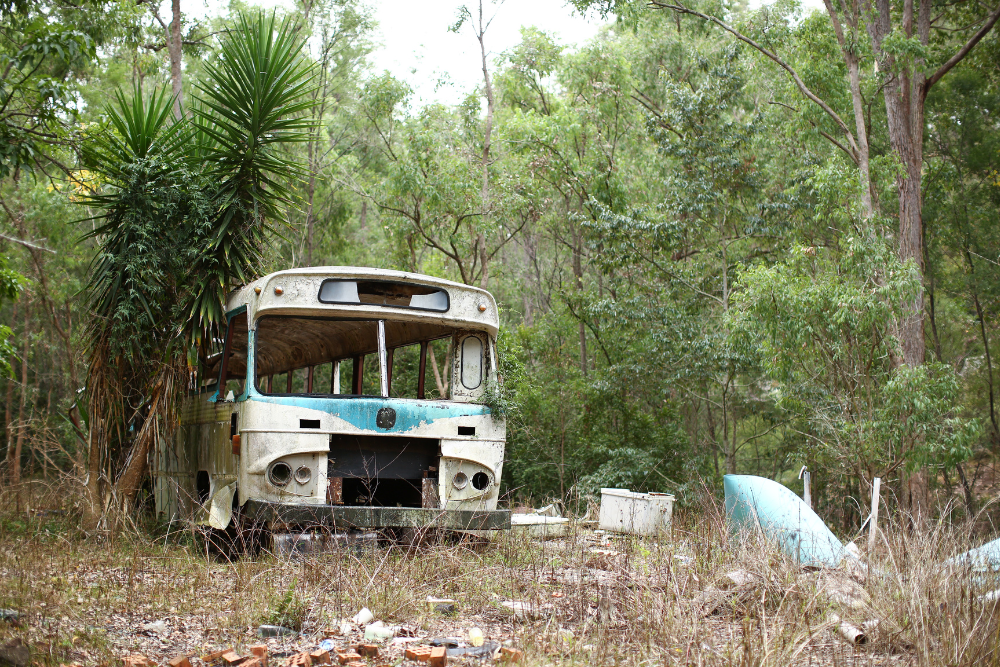
Good footwear is one of the most important things when bushwalking. A comfortable, supportive pair of hiking boots or shoes will help prevent blisters and injuries. When choosing footwear, keep these things in mind:
- Support: Look for boots that provide ankle support if you’re hiking on uneven ground or rocky paths.
- Traction: Ensure the soles have good grip to prevent slipping on wet or muddy trails.
- Breathability: Choose shoes with breathable materials if you’ll be walking in hot or humid climates.
4. Carry Enough Water and Snacks
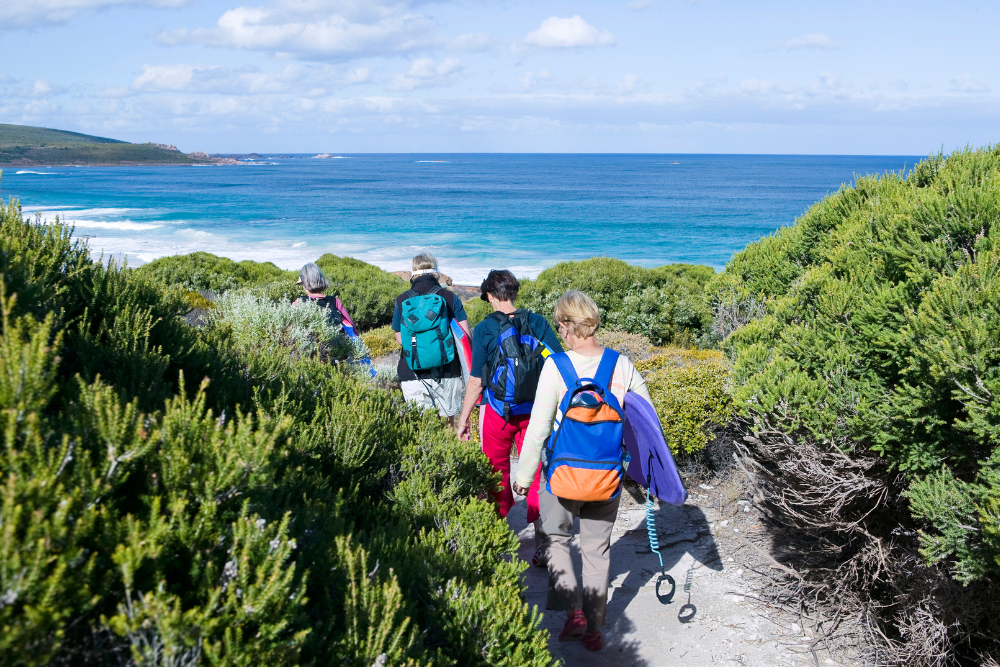
Hydration is key in the Australian bush, especially in warmer areas. Dehydration can happen quickly if you’re not prepared.
- Water: Carry enough water for the entire walk, and more if it’s a longer hike. A good rule of thumb is to bring at least 1 liter of water for every 2 hours of walking.
- Snacks: Pack lightweight, energy-dense snacks such as trail mix, nuts, or energy bars. These will help keep your energy up and prevent fatigue.
5. Dress Appropriately for the Bush
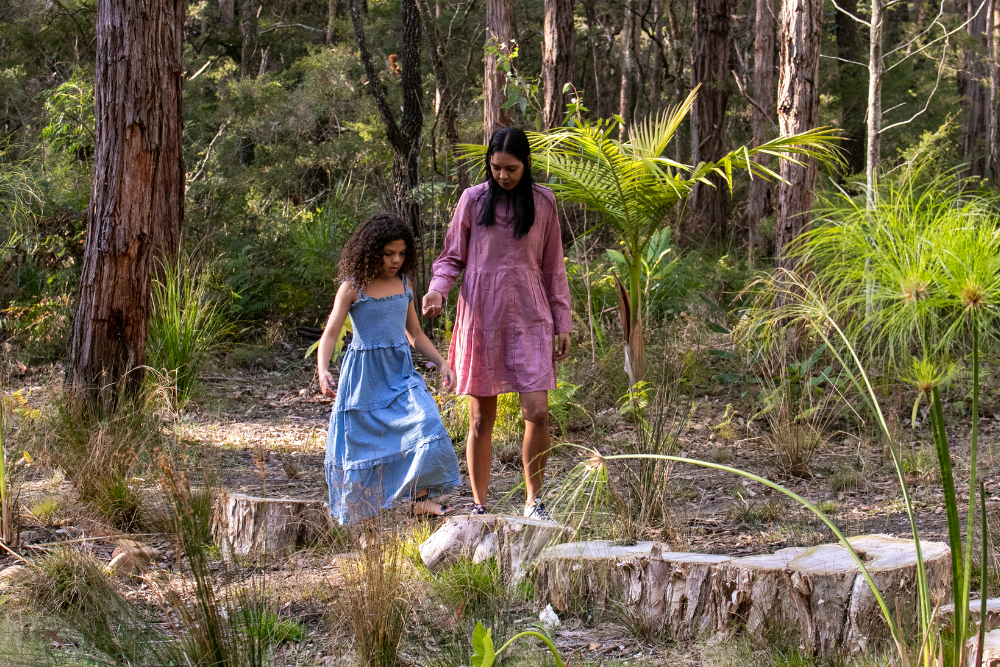
Layering is the best approach to dressing for bushwalking. The Australian bush can vary greatly in temperature, so you need to be prepared for different conditions.
- Lightweight, moisture-wicking clothes: In hot weather, avoid cotton, as it holds sweat. Opt for fabrics designed to wick moisture away from your skin.
- Long sleeves and pants: For protection against insects, sun, and plants like stinging nettles or poison ivy, wear long sleeves and pants. Lightweight, breathable options are ideal for comfort.
- Sun Protection: Australia has one of the highest rates of skin cancer in the world, so always wear sunscreen (SPF 30+), a wide-brimmed hat, and sunglasses. A buff or bandana can also help protect your neck from sun exposure.
Conclusion
Bushwalking in Australia offers a chance to connect with nature and experience some of the country’s most breathtaking landscapes. By following these tips and preparing for your adventure, you can ensure a safe and enjoyable hiking experience. Whether you’re walking through rainforests, across deserts, or along rugged coastlines, Australia’s bushwalking trails are waiting to be explored. So, lace up your boots, pack your bag, and hit the trails!



